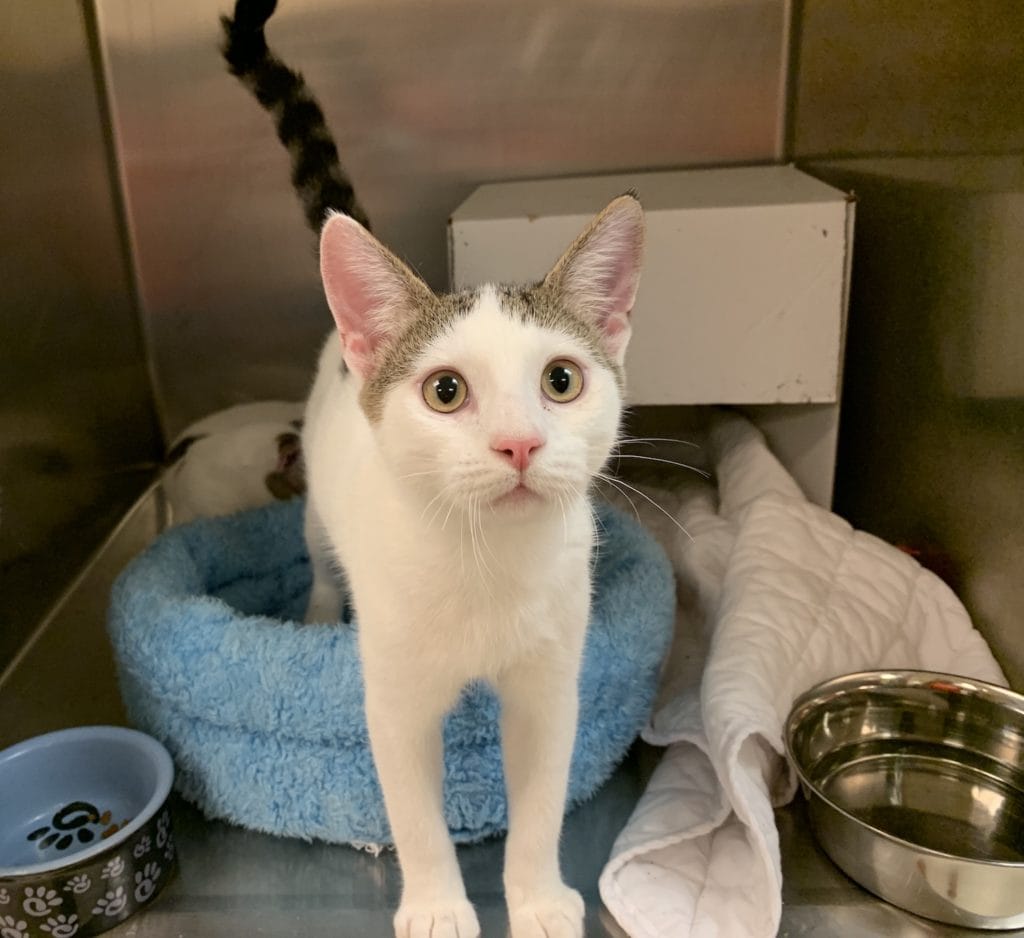Many adopters are surprised to learn that even indoor-only cats require monthly flea and parasite control treatments such as Revolution, Frontline, or Advantage. In Oregon’s humid climate, fleas and parasites are a year-round concern for pets and pet owners. Even though your cats might live indoors only, fleas and parasites can still make their way into your home and onto your pets.
Of course, fleas cause your cat to scratch excessively and some felines even experience flea allergies, leading to fur loss. Flea bites may also potentially cause tapeworms, a costly expense for you and an uncomfortable diagnosis for your four-legged friend.
It might seem simple enough: open package and administer treatment. However, there’s a little more to the process. Cat Adoption Team’s medical director, Dr. Dianne Brown, DVM, along with the help of vet assistant Meg McLinden demonstrates in this video how to quickly and effectively dose your cat with flea/parasite control.
How to apply flea and parasite control:
- Open the package (Read the instructions on the medication to see how to correctly open the packaging.)
- Choose the spot on the top of your cat’s head where you will apply the treatment. (This is a place where the cat cannot lick off the treatment. It won’t hurt the cat if they licks it off, but it won’t be effective unless it’s fully absorbed.)
- Part the fur until the skin is showing.
- Apply the medication directly onto the skin so it is not just being absorbed by the fur.
- Lightly press the parted fur back together.
If your cat isn’t as mellow as video star Zipper, you can try blanket wrapping your cat, also known as making a cat burrito (skip the guacamole!). This comfortably restrains your pet while you administer flea and parasite control.
At CAT, all cats and kittens receive flea and parasite control when they arrive at the shelter. We advise adopters during the adoption process to continue this preventative care monthly.
Consult your vet about the right flea and parasite control options for your cat. Treatments vary so you’ll want to discuss what makes the most sense for your specific feline.







